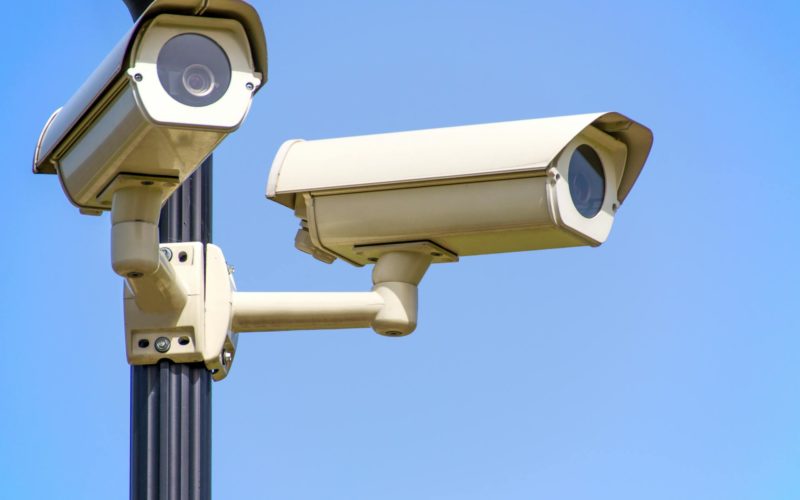High-security environments need strong networking solutions. These systems ensure smooth operations, secure communication, and data protection. Government facilities, correctional institutions, and corporate security sectors all rely on efficient networks.
Managing sensitive information requires advanced digital solutions. Organizations are adopting secure systems to improve connectivity and reduce risks. In this article, we’ll explore key strategies for building stronger networks. We’ll focus on technology-driven solutions that boost efficiency, security, and accessibility.
Implementing Secure Digital Identity Management
Managing digital identities is key to preventing unauthorized access. Enhancements to security include multi-factor authentication (MFA), encrypted credentials, and biometric authentication.
CISA notes that the most used password in the country is still 123456. Even strong passwords fall short against sophisticated cyber threats, as hackers often bypass them using advanced techniques like phishing or brute force attacks. MFA provides an additional degree of protection. Accounts are 99% less likely to be hacked if they have MFA enabled.
These technologies ensure that only people with permission can access private information. Advanced identity solutions streamline verification processes and lower the risk of breaches.
Organizations should use systems that integrate with networking platforms. Real-time monitoring and alerts help detect unauthorized access attempts. These solutions strengthen security and improve efficiency. They also reduce manual authentication steps and ensure regulatory compliance.
Strengthening Data Encryption and Secure Communication
Encryption protects sensitive information. End-to-end encryption keeps data secure during transmission. Secure communication protocols like VPNs, encrypted emails, and messaging apps add extra layers of security.
TechTarget states that secure automation workflows need strong encryption to protect data. Several advanced algorithms offer high-level security. NIST P-256 elliptic curve cryptography secures digital communications using public key encryption.
Advanced Encryption Standard (AES) is a widely trusted method used by many companies to encrypt sensitive data. ChaCha20-Poly1305 is a fast and secure stream cipher known for its reliability. Choosing the right encryption algorithm strengthens data protection and ensures safe digital transactions.
Firewalls and intrusion detection systems provide extra protection. Organizations should frequently upgrade their encryption technology. Security protocols must keep up with emerging cyber threats. Strong encryption guarantees secret and secure communication.
Enhancing Efficiency Through Centralized Management
Centralized platforms help streamline operations in secure environments. These platforms integrate security and administrative functions. Correctional institutions are a prime example of environments that benefit from centralized platforms. These facilities use digital solutions like an inmate management system to manage daily operations efficiently.
According to the Market Research Institute, the prison management system market is expanding. It will increase from $2.39 billion in 2025 to about $3.71 billion in 2034. The annual growth rate will reach 4.99% during this period. The rising demand for advanced security and automation is driving this increase.
According to JailCore, inmate management systems track movements, automate records, and support secure communication. These systems send real-time alerts and analyze inmate behavior. Facilities can respond to risks more effectively. Digital platforms store medical histories, incident reports, and visitation logs.
Staff can access these records quickly, improving coordination. Cloud-based prison management systems improve data accessibility. They also follow tight security standards. Only authorized persons can retrieve and change data. These solutions improve transparency, reduce manual errors, and boost efficiency.
Preparing for Future Threats with AI and Automation
Security challenges are always evolving. AI and automation help strengthen security networks. AI-powered monitoring identifies unusual activities and notifies workers.
Automated threat detection software finds vulnerabilities before they become major issues. Machine learning improves security by analyzing data patterns. Predictive technology helps stop breaches before they happen.
The Hacker News highlights that AI improves network security by monitoring activity in real time. It analyzes normal traffic patterns to create a baseline. Automated clustering and correlation help detect unusual behavior.
AI identifies anomalies like domain-generated algorithms (DGA) — randomized domain names used by malware to evade detection — and irregular network connections, such as lateral movement, where attackers navigate within a system to expand their reach. It also spots unusual communication patterns, such as lateral movement. Comparing a client’s current behavior to that of peers helps detect subtle threats before they escalate.
AI-driven automation makes security networks smarter. Organizations can prevent, detect, and respond to threats more effectively. These solutions also optimize efficiency in high-security environments.
FAQs
What role does geofencing play in identity management?
Geofencing restricts digital access based on geographic locations, preventing logins from unauthorized regions. If an access attempt is made outside predefined zones, alerts are triggered, and access may be blocked. This helps organizations mitigate risks associated with credential theft and location-based cyber threats, enhancing security for remote workers.
How does tokenization affect data security?
Tokenization replaces sensitive data — like credit card numbers or medical records — with unique, randomized tokens that hold no value to attackers. Unlike encryption, which relies on keys that could be compromised, tokenized data remains secure even if stolen, making it a go-to solution for industries like finance and healthcare.
How does remote monitoring enhance centralized management?
Remote monitoring provides real-time security updates and access control management from any location. Administrators can detect unauthorized activity, respond to threats instantly, and manage security infrastructure more efficiently. This capability is particularly useful for high-security environments, ensuring continuous protection even when personnel are off-site.
High-security networks are evolving with advanced technology. The focus is shifting to proactive defense and resilience. Strong identity verification, tough encryption, and smart automation work together for better security. A layered approach keeps threats at bay and strengthens overall protection.
With evolving risks, networks must remain adaptable and proactive. By integrating strong identity verification, robust encryption, and AI-driven automation, high-security environments can not only neutralize threats faster but also pave the way for smarter, more resilient systems.












